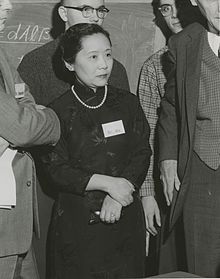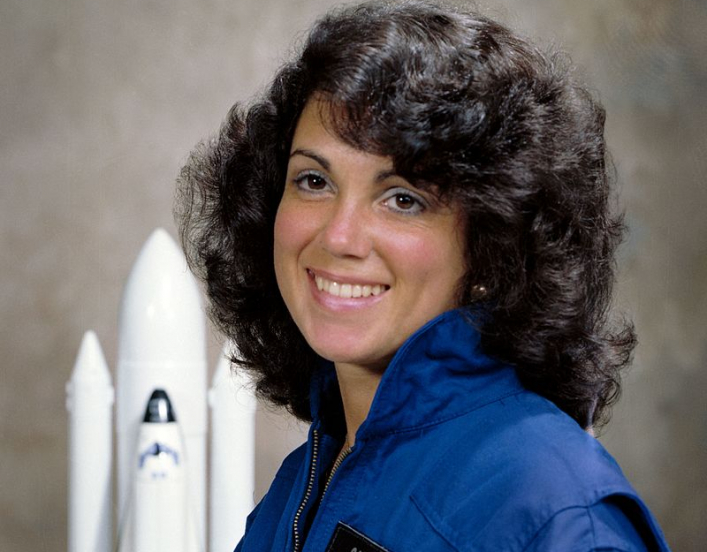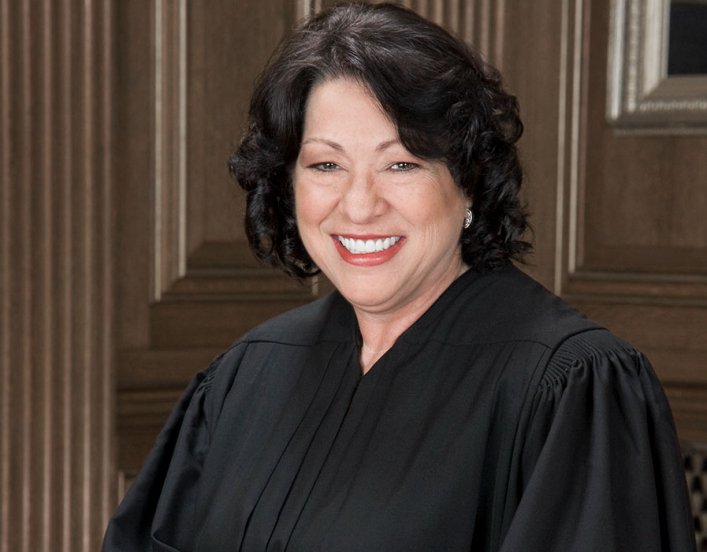Chien-Shiung Wu Overlooked for Nobel Prize
Overturning the Laws of Physics and Gender Biases
It is shameful that there are so few women in science. … There is a misconception in America that women scientists are all dowdy spinsters. This is the fault of men.

Chien-Shiung Wu is widely considered one of the most influential scientists in history, but her achievements were not widely acknowledged due to her gender and race.
Born in 1912, Wu was raised in a small town in Taicang, China. Her father was an advocate for girlsÔÇÖ education and had founded a womenÔÇÖs school in China. He imparted his educational philosophy to his daughter: Wu studied physics at National Central University in Nanjing. At the time, there were no postdoctoral programs in physics in China, so Wu immigrated to the United States to attend the University of California, Berkeley. There she earned a doctorate degree in physics in 1940, studying nuclear fission. From Berkeley, she went on to teaching positions first at Smith College and then Princeton University.
During World War II, Wu worked on the Manhattan Project at Columbia University. She developed a process of enriching uranium to produce large quantities as fuel. Wu would remain at Columbia in the physics department until her retirement.
In 1956, Wu devised an experiment with revolutionary results. Her colleagues Tsung-Dao Lee and Chen Ning Yang proposed a theory that would disprove a widely accepted law of physics at the time called the Parity Law. Parity Law stated that objects that are mirror images of each other behave in the same way. WuÔÇÖs experiment spun radioactive cobalt-60 nuclei at low temperatures. If the law held, the electrons would shoot off in paired directions. WuÔÇÖs experiment demonstrated that they did not.
WuÔÇÖs work was termed the most important development in the field of atomic and nuclear physics to date; a 1959 ¥┼╔½ press release called her experiment the ÔÇ£solution to the number-one riddle of atomic and nuclear physics.ÔÇØ Her male co-workers Lee and Yang received the Nobel Prize for disproving the Parity Law. In a move that makes you mad just reading it, the prize committee overlooked Wu.
The October 1959 ÔÇ£¥┼╔½ JournalÔÇØ article announcing WuÔÇÖs Achievement Award
Despite the obvious omission, Wu received many accolades for her work. ¥┼╔½ was among the many organizations and groups that recognized and honored her contributions to the field of physics. In 1959, she received the ¥┼╔½ Achivement Award.
In speaking of her work, Janet Howell Clark of the ¥┼╔½ Fellowships Awards Committee, said WuÔÇÖs research ÔÇ£led to the solution of mysteries on the fringe of human knowledge.ÔÇØ In her acceptance speech, Wu said, ÔÇ£It is the courage to doubt what has long been established and the incessant search for its verification and proof that pushes the wheel of science forward.ÔÇØ
Chien-Shiung Wu led a life of many firsts: the first woman president of the American Physical Society, the first woman to receive an honorary doctorate from Princeton, the first female recipient of the National Academy of SciencesÔÇÖ Comstock Prize.
Wu was acutely aware of gender discrimination in her chosen field. She advocated for women to persist in pursuing careers in sciences despite these barriers, saying, ÔÇ£There is only one thing worse than coming home from the lab to a sink full of dirty dishes, and that is not going to the lab at all!ÔÇØ
Related
Funding Women’s History

The ¥┼╔½ Achievement Award


